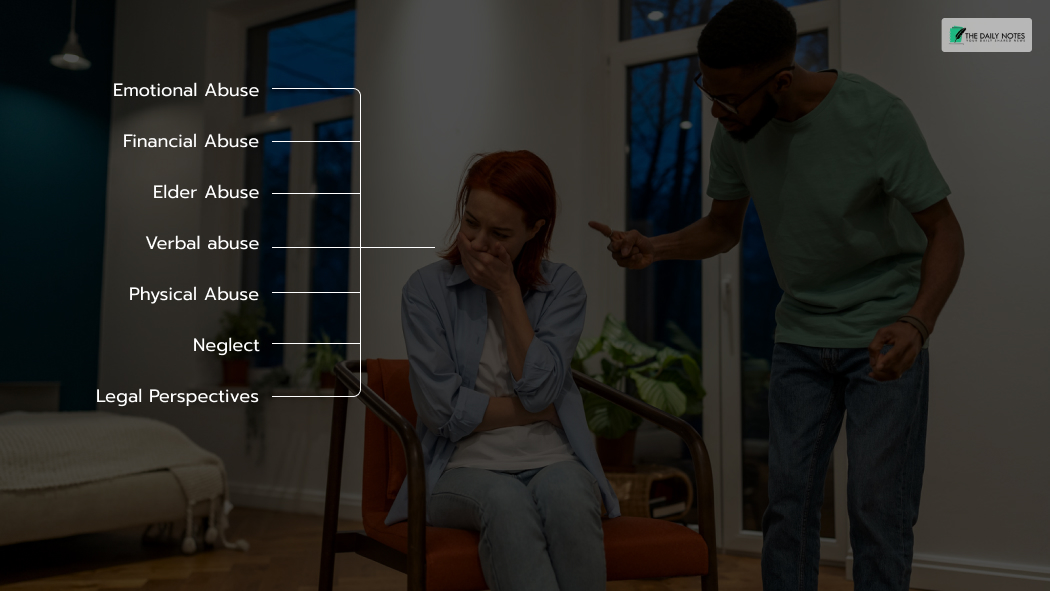If you are often confused about what is the difference between violence and abuse, we get it. Violence and abuse are terms often used interchangeably, but they have different meanings, especially in legal, psychological, and social contexts.
Understanding the differences is crucial for identifying harmful behaviour and seeking justice so that well-being is promoted.
The following article will illustrate all the different definitions and aspects of violence and abuse, especially in the modern world. Let’s begin.
What is the Difference Between Violence and Abuse? Definitions for Clarity!

To understand what is the difference between violence and abuse, it is important to know their definitions. Violence is the use of physical force or power to harm, injure, or destroy.
It can be a single, impulsive act such as a physical fight or an assault.
Violence may occur without prolonged interaction, which often focuses on immediate harm.
Abuse, on the other hand, is a pattern of behaviour aimed at gaining control or power over someone. It often involves psychological, emotional, or physical harm.
It is also characteristic of abuse to end during and systematically manifest through manipulation, isolation, or repetitive harm over time.
Key Differences Between Violence and Abuse

To understand what is the difference between violence and abuse, it is important to know the key differences between the two.
When it comes to the nature of both acts, violence is typically a physical act or threat of force. Abuse, on the other hand, includes nonphysical harms such as verbal, emotional, or financial harm.
When it comes to intent and impact, violence often stems from immediate anger or conflict. However, abuse involves calculated actions to control or dominate the victim.
In terms of duration, violence may one a one-time event. On the other hand, abuse is usually sustained over time and may lead to cumulative harm.
Types of Violence

There are different types of violence. Some of those are:
Physical Violence, Which Includes Hitting or Punching, Among Other Things
Physical violence is the intentional use of physical force to harm another person. Examples include punching, heating, slapping, choking, or using weapons.
The impact of physical violence includes long-term disabilities, physical injuries, or death.
Sexual Violence, for Example, Sexual Assault
When it comes to sexual violence is any nonconsensual sexual act or behaviour, including coercion or harassment. Examples of sexual violence include rape, sexual assault, or forcing someone to perform sexual acts.
The impact of sexual violence is quite prolonged. It can include physical trauma, psychological damage, and lasting emotional scars.
Domestic Violence, Such as Harm Within a Household
Domestic violence is defined as violence that occurs within familial or intimate relationships. Examples include powerful abuse, child abuse, or harm within a household.
The impact of domestic violence can be severe and include physical and emotional harm to the victims. This can often create cycles of abuse.
Community Violence, Such as Riots or Gang-related Acts
Community or collective violence is harmful acts committed by larger volumes of people. Examples of collective violence include gang violence, terrorism, or mob violence.
The impact can include injuries, that is, societal unrest.
Emotional Violence
Psychological or emotional violence includes behaviour that harms an individual’s mental well-being or sense of self-worth. Examples include intimidation, threats or humiliation, and controlling behaviour.
The impact of psychological violence can be depression, anxiety, and loss of self-esteem.
Financial Violence
Financial violence is using money or financial control as a tool to harm or dominate others. It may include holding funds, stealing from others, or economic exploitation.
The impact of financial balance can be financial dependence on economic insecurity and long-term poverty.
Types of Abuse

When it comes to abuse, the different types include:
Emotional Abuse That Includes Gaslighting And Manipulation
Emotional abuse includes actions that damage an individual’s cell worth or emotional health.
Apart from the two examples, it may also include insults, manipulation, or constant criticism.
This type of abuse has long-term mental health issues, including PTSD and anxiety.
Financial Abuse That Includes Restricting Access or Controlling Resources
It is the controlling or exploiting of an individual for financial games. Examples of such abuse include restricting access to money, forcing someone to hand over earnings, or fraud.
Then, maybe we are impacted by this abuse, which may include financial instability and dependence.
Elder Abuse, Which Includes Mistreatment or Neglect of Older Adults
It is also mistreatment or neglect by caregivers. Examples of elder abuse include physical harm, neglect, or financial exploitation.
The impact of elder abuse may include physical injuries, fear, and loss of dignity.
Verbal Abuse
This is the use of language to a domain, threaten or insult someone. It may include name-calling, yelling, or issuing threats.
The impact of verbal abuse includes emotional scars and low self-esteem.
Physical Abuse
This is the act of intentional infliction of physical harm or discomfort. It includes kicking, pushing, burning, or using objects to hurt someone.
The impact of physical abuse includes disabilities, injuries, and fear of further harm.
Neglect
It is the failure to provide basic needs or care, such as withholding food, shelter, or medical attention.
The impact of neglect can be severe and include malnutrition, physical harm, or psychological distress.
Legal Perspectives
If we consider the legal definitions to explain the difference between violence and abuse, the legal perspective distinguishes between both as follows.
Violence is considered an isolated act of physical harm, whereas abuse is defined as patterns of harmful behaviour by the law.
For instance, domestic violence may be both violence and abuse when it includes repeated acts of harm.
The consequences of violence and abuse are as follows:
- Violence may lead to charges such as battery or assault
- Abuse involves cases of custody changes, restraining orders, or long-term monitoring of the perpetrator/s.
The Overlap Between Violence and Abuse
While distinct violence and abuse frequently overlap. Prolonged violence within relationships can evolve into abuse, especially when it includes psychological or emotional control.
For instance, apartment hitting their spouse repeatedly can lead to emotional trauma and isolation, which constitute abuse.
Seeking Help and Support
If you recognize the science of abuse or violence, it is essential to seek help, speak with trusted friends, contact a local support organization, or report the issue to authorities.
It is important to protect yourself from domestic violence by creating a safety plan or reaching out to a crisis hotline.
For survivors of prolonged harm, understanding the question of sexual abuse or asking why elder abuse happens can provide inside and aid healing.
Fighting back against sexual abuse by educating yourself on legal rights and resources available to survivors is another option for support.
Recognizing the signs of violence and abuse is the first step towards protecting yourself or others and fostering a safer, healthier environment.
Wrapping It Up!
Violence on abuse are harmful behaviours that can overlap. To know what is the difference between violence and abuse, it is important to understand the types. This helps in identifying and addressing them effectively.
Seeking support is one of the prominent steps in solving these issues, and resources available through support can be crucial for those affected.
Read More:




























